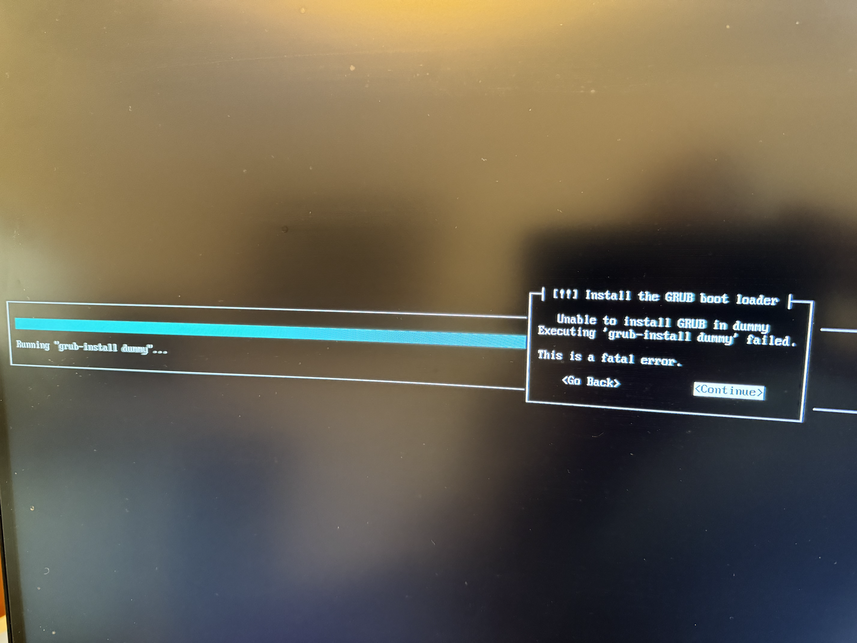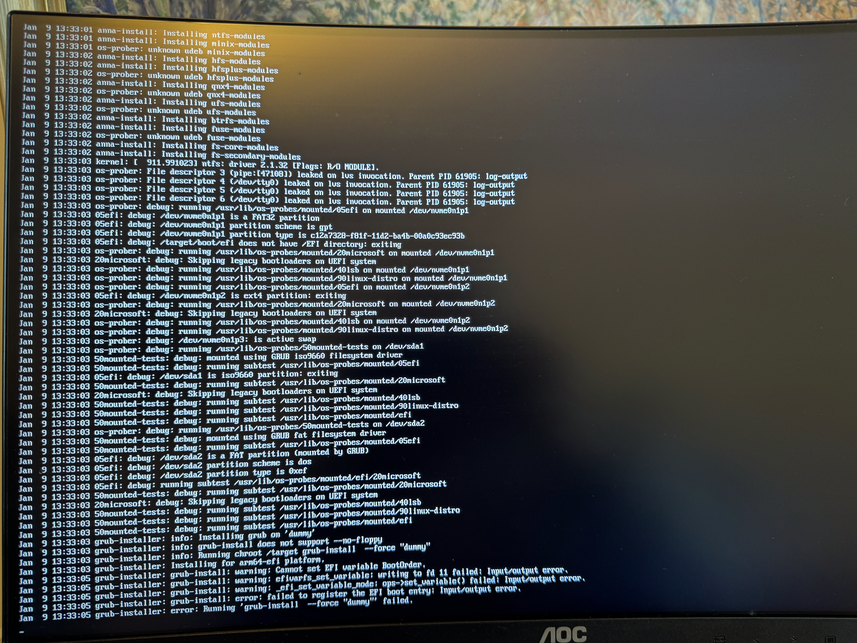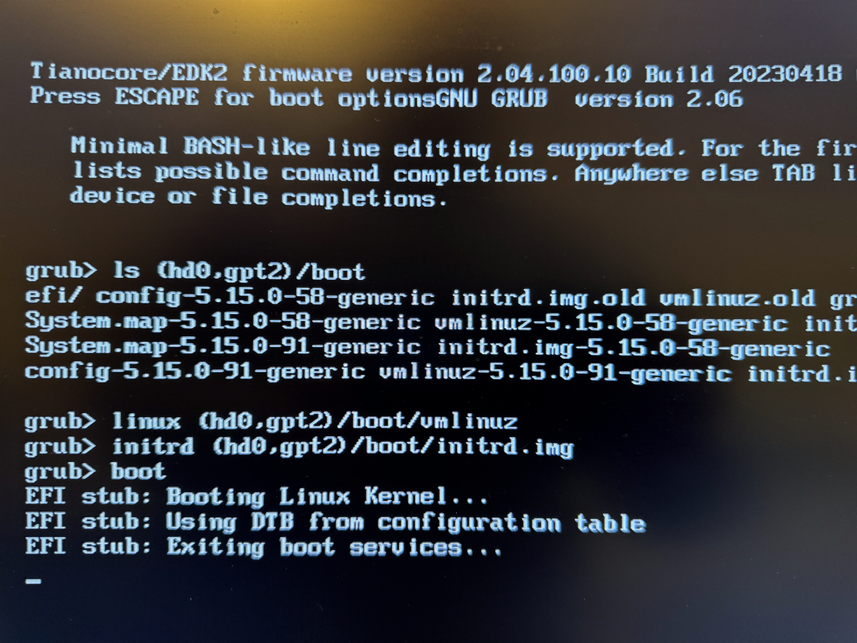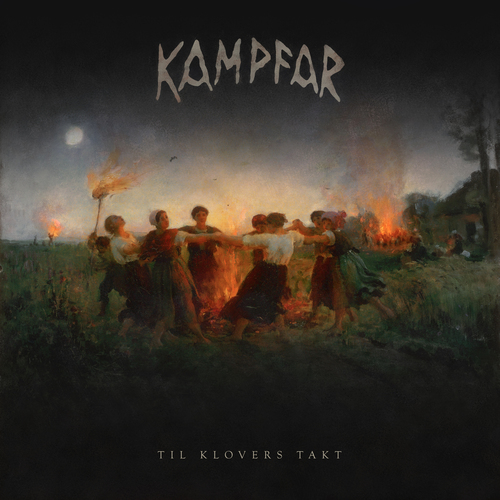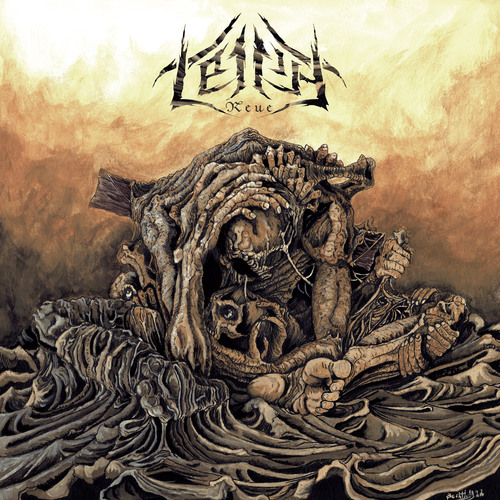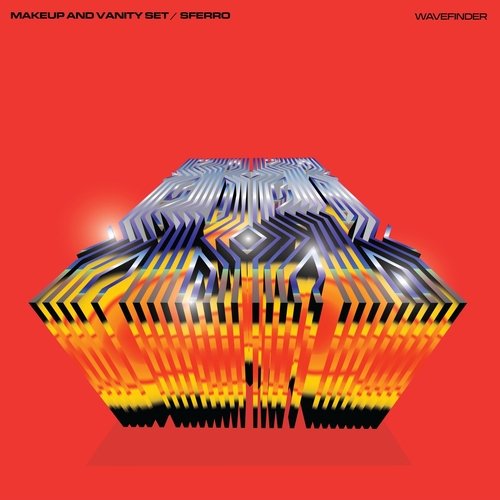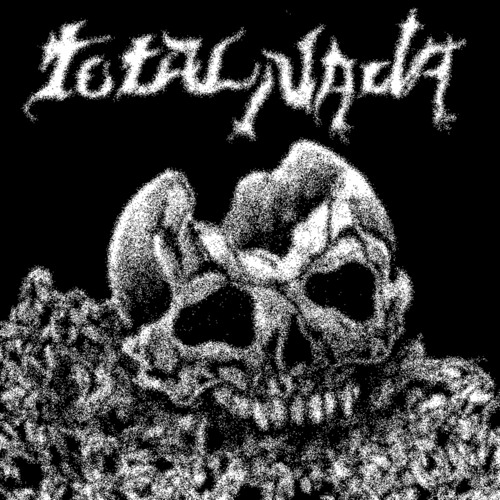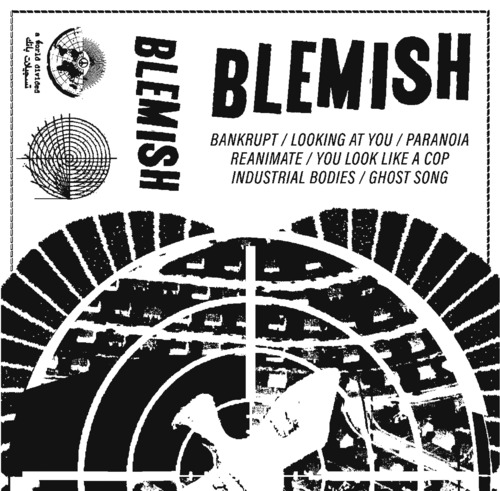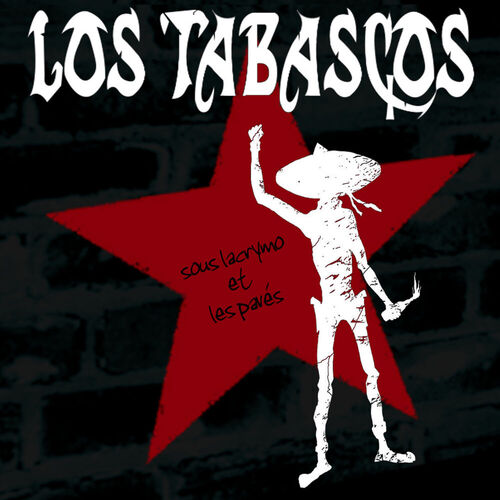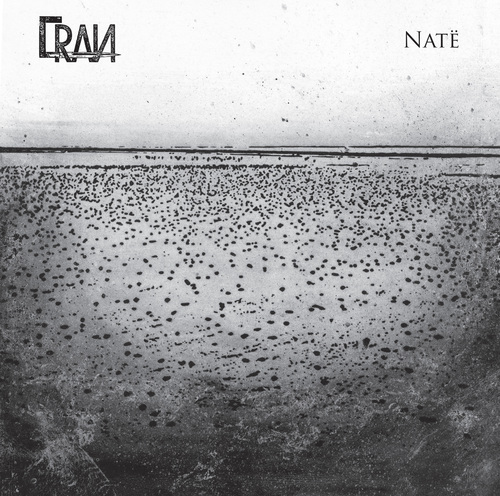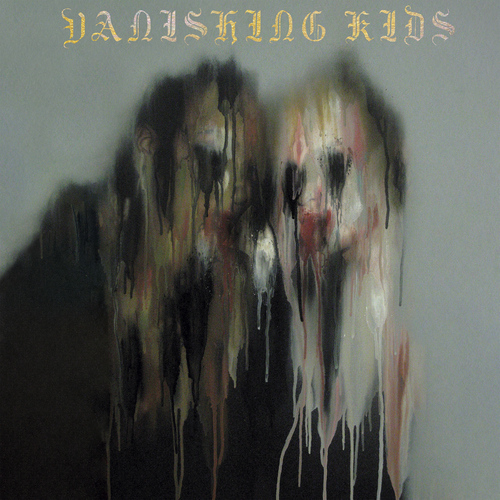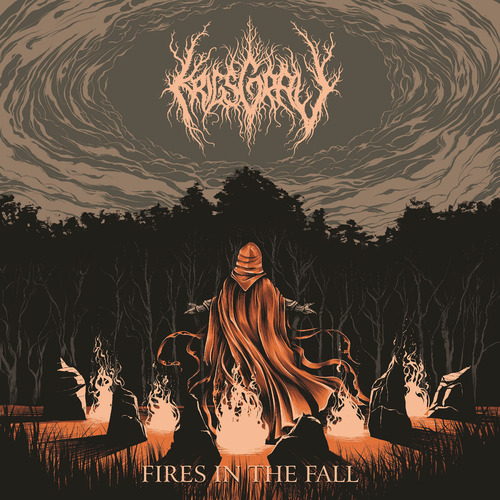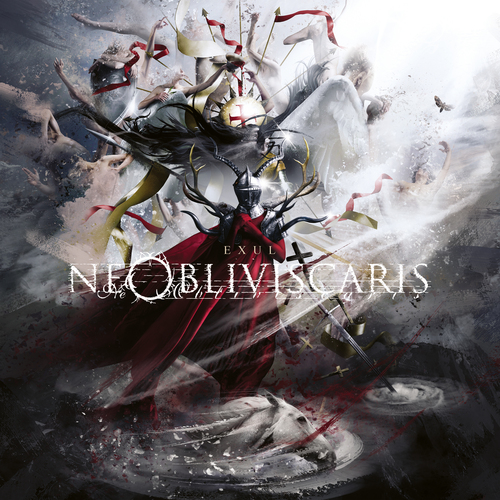Niels Thykier: debputy v0.1.21
Earlier today, I have just released debputy version 0.1.21
to Debian unstable. In the blog post, I will highlight some
of the new features.
Package boilerplate reduction with automatic relationship substvar
Last month, I started a discussion on rethinking how we do
relationship substvars such as the $ misc:Depends . These
generally ends up being boilerplate runes in the form of
Depends: $ misc:Depends , $ shlibs:Depends where you
as the packager has to remember exactly which runes apply
to your package.
My proposed solution was to automatically apply these substvars
and this feature has now been implemented in debputy. It is
also combined with the feature where essential packages should
use Pre-Depends by default for dpkg-shlibdeps related
dependencies.
I am quite excited about this feature, because I noticed with
libcleri that we are now down to 3-5 fields for defining
a simple library package. Especially since most C library
packages are trivial enough that debputy can auto-derive
them to be Multi-Arch: same.
As an example, the libcleric1 package is down to 3
fields (Package, Architecture, Description)
with Section and Priority being inherited from the
Source stanza. I have submitted a MR to show case the
boilerplate reduction at
https://salsa.debian.org/siridb-team/libcleri/-/merge_requests/3.
The removal of libcleric1 (= $ binary:Version ) in that MR
relies on another existing feature where debputy can auto-derive
a dependency between an arch:any -dev package and the library
package based on the .so symlink for the shared library.
The arch:any restriction comes from the fact that arch:all and
arch:any packages are not built together, so debputy cannot
reliably see across the package boundaries during the build (and
therefore refuses to do so at all).
Packages that have already migrated to debputy can use
debputy migrate-from-dh to detect any unnecessary
relationship substitution variables in case you want to clean
up. The removal of Multi-Arch: same and intra-source
dependencies must be done manually and so only be done so
when you have validated that it is safe and sane to do. I was
willing to do it for the show-case MR, but I am less confident
that would bother with these for existing packages in general.
Note: I summarized the discussion of the automatic relationship
substvar feature earlier this month in
https://lists.debian.org/debian-devel/2024/03/msg00030.html
for those who want more details.
PS: The automatic relationship substvars feature will also
appear in debhelper as a part of compat 14.
Language Server (LSP) and Linting
I have long been frustrated by our poor editor support for Debian packaging files.
To this end, I started working on a Language Server (LSP) feature in debputy
that would cover some of our standard Debian packaging files. This release
includes the first version of said language server, which covers the following
files:
Specifically for emacs, I also learned two things after the upload. First, you
can auto-activate eglot via eglot-ensure. This badly feature interacts with
imenu on debian/changelog for reasons I do not understand (causing a several
second start up delay until something times out), but it works fine for the other
formats. Oddly enough, opening a changelog file and then activating eglot does
not trigger this issue at all. In the next version, editor config for emacs will
auto-activate eglot on all files except debian/changelog.
The second thing is that if you install elpa-markdown-mode, emacs will accept
and process markdown in the hover documentation provided by the language server.
Accordingly, the editor config for emacs will also mention this package from
the next version on.
Finally, on a related note, Jelmer and I have been looking at moving some of this
logic into a new package called debpkg-metadata. The point being to support
easier reuse of linting and LSP related metadata - like pulling a list of known
fields for debian/control or sharing logic between lintian-brush and
debputy.
Most of the effort has been spent on the Deb822 based files such as debian/control, which comes with diagnostics, quickfixes, spellchecking (but only for relevant fields!), and completion suggestions. Since not everyone has a LSP capable editor and because sometimes you just want diagnostics without having to open each file in an editor, there is also a batch version for the diagnostics via debputy lint. Please see debputy(1) for how debputy lint compares with lintian if you are curious about which tool to use at what time. To help you getting started, there is a now debputy lsp editor-config command that can provide you with the relevant editor config glue. At the moment, emacs (via eglot) and vim with vim-youcompleteme are supported. For those that followed the previous blog posts on writing the language server, I would like to point out that the command line for running the language server has changed to debputy lsp server and you no longer have to tell which format it is. I have decided to make the language server a "polyglot" server for now, which I will hopefully not regret... Time will tell. :) Anyhow, to get started, you will want:
- debian/control
- debian/copyright (the machine readable variant)
- debian/changelog (mostly just spelling)
- debian/rules
- debian/debputy.manifest (syntax checks only; use debputy check-manifest for the full validation for now)
$ apt satisfy 'dh-debputy (>= 0.1.21~), python3-pygls'
# Optionally, for spellchecking
$ apt install python3-hunspell hunspell-en-us
# For emacs integration
$ apt install elpa-dpkg-dev-el markdown-mode-el
# For vim integration via vim-youcompleteme
$ apt install vim-youcompleteme
Minimal integration mode for Rules-Requires-Root
One of the original motivators for starting debputy was to be able to get rid of
fakeroot in our build process. While this is possible, debputy currently does
not support most of the complex packaging features such as maintscripts and debconf.
Unfortunately, the kind of packages that need fakeroot for static ownership tend
to also require very complex packaging features.
To bridge this gap, the new version of debputy supports a very minimal integration
with dh via the dh-sequence-zz-debputy-rrr. This integration mode keeps
the vast majority of debhelper sequence in place meaning most dh add-ons
will continue to work with dh-sequence-zz-debputy-rrr. The sequence only
replaces the following commands:
The installations feature of the manifest will be disabled in this integration mode to avoid feature interactions with debhelper tools that expect debian/<pkg> to contain the materialized package. On a related note, the debputy migrate-from-dh command now supports a --migration-target option, so you can choose the desired level of integration without doing code changes. The command will attempt to auto-detect the desired integration from existing package features such as a build-dependency on a relevant dh sequence, so you do not have to remember this new option every time once the migration has started. :)
- dh_fixperms
- dh_gencontrol
- dh_md5sums
- dh_builddeb
 One of the most common fallacies programmers fall into is that we will jump
to automating a solution before we stop and figure out how much time it would even save.
In taking a slow improvement route to solve this problem for myself,
I ve managed not to invest too much time
One of the most common fallacies programmers fall into is that we will jump
to automating a solution before we stop and figure out how much time it would even save.
In taking a slow improvement route to solve this problem for myself,
I ve managed not to invest too much time I like using one machine and setup for everything, from serious development work to hobby projects to managing my finances. This is very convenient, as often the lines between these are blurred. But it is also scary if I think of the large number of people who I have to trust to not want to extract all my personal data. Whenever I run a
I like using one machine and setup for everything, from serious development work to hobby projects to managing my finances. This is very convenient, as often the lines between these are blurred. But it is also scary if I think of the large number of people who I have to trust to not want to extract all my personal data. Whenever I run a 












 Mee Goreng, a dish made of noodles in Malaysia.
Mee Goreng, a dish made of noodles in Malaysia.
 Me at Petronas Towers.
Me at Petronas Towers.
 Photo with Malaysians.
Photo with Malaysians.
 Update 28.02.2024 19:45 CET: There is now a blog entry at
Update 28.02.2024 19:45 CET: There is now a blog entry at 
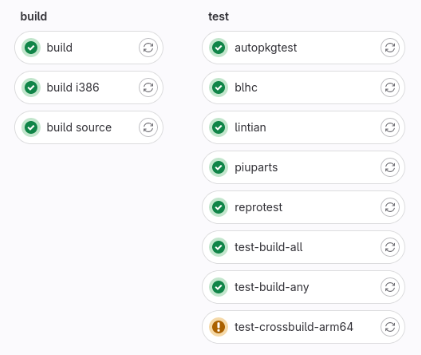 The
The


 The following contributors got their Debian Developer accounts in the last two months:
The following contributors got their Debian Developer accounts in the last two months:

 And now let s take a look at the renders as we play with the configuration of
this array and make sure things look right. Our initial quarter-wavelength
spacing is very effective and has some outstanding performance characteristics.
Let s check to see that everything looks right as a first test.
And now let s take a look at the renders as we play with the configuration of
this array and make sure things look right. Our initial quarter-wavelength
spacing is very effective and has some outstanding performance characteristics.
Let s check to see that everything looks right as a first test.
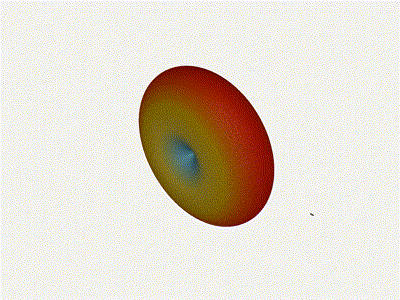

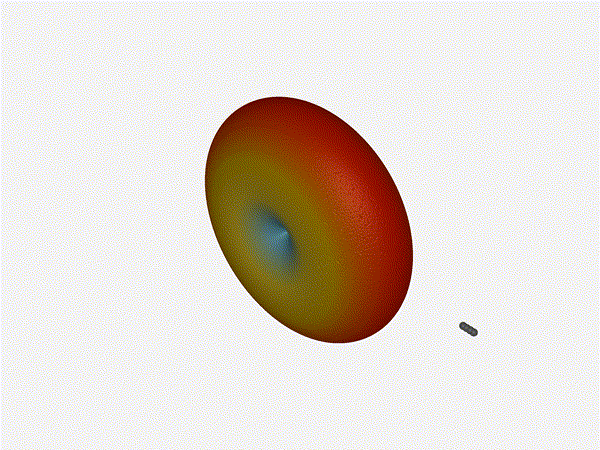
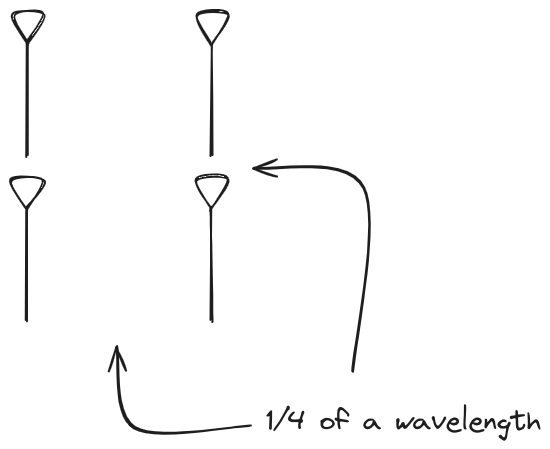 Let s do the same as above and take a look at the renders as we play with the
configuration of this array and see what things look like. This configuration
should suppress the sidelobes and give us good performance, and even give us
some amount of control in elevation while we re at it.
Let s do the same as above and take a look at the renders as we play with the
configuration of this array and see what things look like. This configuration
should suppress the sidelobes and give us good performance, and even give us
some amount of control in elevation while we re at it.
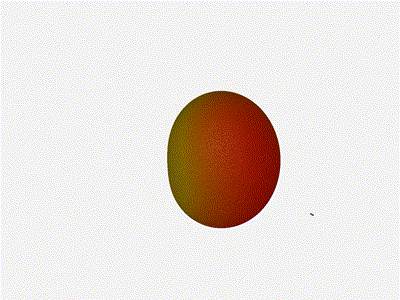
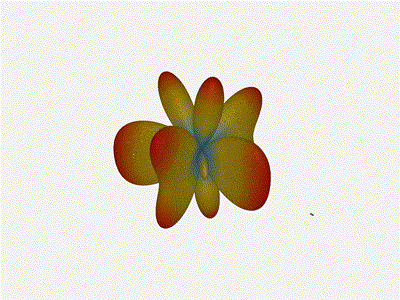
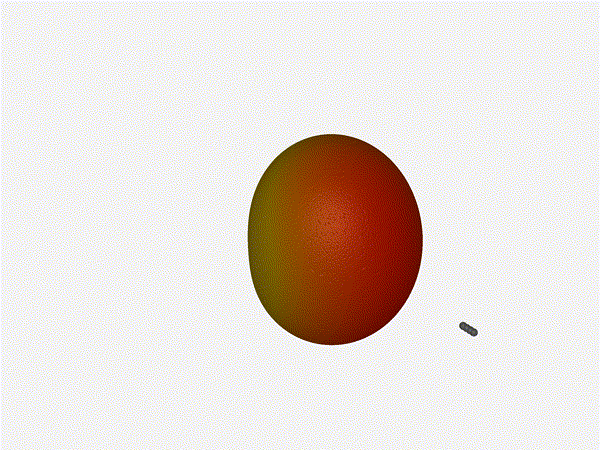











 I think while developing Wayland-as-an-ecosystem we are now entrenched into narrow concepts of how a desktop should work. While discussing Wayland protocol additions, a lot of concepts clash, people from different desktops with different design philosophies debate the merits of those over and over again never reaching any conclusion (just as you will never get an answer out of humans whether sushi or pizza is the clearly superior food, or whether CSD or SSD is better). Some people want to use Wayland as a vehicle to force applications to submit to their desktop s design philosophies, others prefer the smallest and leanest protocol possible, other developers want the most elegant behavior possible. To be clear, I think those are all very valid approaches.
But this also creates problems: By switching to Wayland compositors, we are already forcing a lot of porting work onto toolkit developers and application developers. This is annoying, but just work that has to be done. It becomes frustrating though if Wayland provides toolkits with absolutely no way to reach their goal in any reasonable way. For Nate s Photoshop analogy: Of course Linux does not break Photoshop, it is Adobe s responsibility to port it. But what if Linux was missing a crucial syscall that Photoshop needed for proper functionality and Adobe couldn t port it without that? In that case it becomes much less clear on who is to blame for Photoshop not being available.
A lot of Wayland protocol work is focused on the environment and design, while applications and work to port them often is considered less. I think this happens because the overlap between application developers and developers of the desktop environments is not necessarily large, and the overlap with people willing to engage with Wayland upstream is even smaller. The combination of Windows developers porting apps to Linux and having involvement with toolkits or Wayland is pretty much nonexistent. So they have less of a voice.
I think while developing Wayland-as-an-ecosystem we are now entrenched into narrow concepts of how a desktop should work. While discussing Wayland protocol additions, a lot of concepts clash, people from different desktops with different design philosophies debate the merits of those over and over again never reaching any conclusion (just as you will never get an answer out of humans whether sushi or pizza is the clearly superior food, or whether CSD or SSD is better). Some people want to use Wayland as a vehicle to force applications to submit to their desktop s design philosophies, others prefer the smallest and leanest protocol possible, other developers want the most elegant behavior possible. To be clear, I think those are all very valid approaches.
But this also creates problems: By switching to Wayland compositors, we are already forcing a lot of porting work onto toolkit developers and application developers. This is annoying, but just work that has to be done. It becomes frustrating though if Wayland provides toolkits with absolutely no way to reach their goal in any reasonable way. For Nate s Photoshop analogy: Of course Linux does not break Photoshop, it is Adobe s responsibility to port it. But what if Linux was missing a crucial syscall that Photoshop needed for proper functionality and Adobe couldn t port it without that? In that case it becomes much less clear on who is to blame for Photoshop not being available.
A lot of Wayland protocol work is focused on the environment and design, while applications and work to port them often is considered less. I think this happens because the overlap between application developers and developers of the desktop environments is not necessarily large, and the overlap with people willing to engage with Wayland upstream is even smaller. The combination of Windows developers porting apps to Linux and having involvement with toolkits or Wayland is pretty much nonexistent. So they have less of a voice.

 I will also bring my two protocol MRs to their conclusion for sure, because as application developers we need clarity on what the platform (either all desktops or even just a few) supports and will or will not support in future. And the only way to get something good done is by contribution and friendly discussion.
I will also bring my two protocol MRs to their conclusion for sure, because as application developers we need clarity on what the platform (either all desktops or even just a few) supports and will or will not support in future. And the only way to get something good done is by contribution and friendly discussion.



